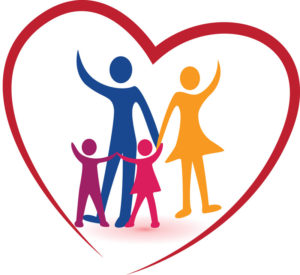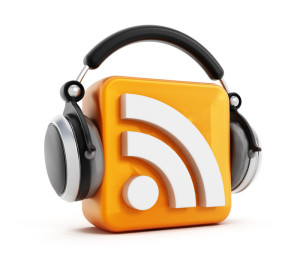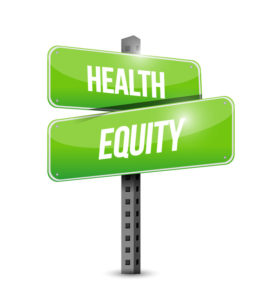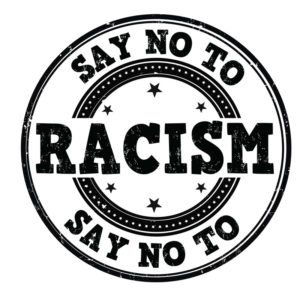Large gatherings such as sporting events and concerts seem impossible to return prior to a vaccine and treatment for the coronavirus. Yet alternatives are being considered and reimagined. In the business  world, industry conferences and conventions are in that same large gatherings bucket. So, they too should be reimagined.
world, industry conferences and conventions are in that same large gatherings bucket. So, they too should be reimagined.
Scientists and public health officials would say do not plan on these types of events until sometime in 2021. I do not want to minimize the challenges and complexities involved in these decisions and plans. But I do believe that leaders everywhere must trust science to keep people safe.
The American Telehealth Association (ATA) held a virtual conference last week. Of course, if any organization should be able to successfully pull off a virtual conference, it is the people who do telehealth.
But I am fresh off an entirely different virtual conference experience and I could not be more impressed with what they did and what is possible. It was not an organization in the tech industry but rather a faith community. I am a Unitarian Universalist (UU) and our annual church conference (General Assembly or GA) is held each June. The Unitarian Universalist Association (UUA) board made the decision in March to not cancel but rather to go all virtual.
This meant they had to pull off a five-day conference that included large general sessions, discussion/debate on resolutions, delegate voting, workshops, poster sessions, worship services and special collections – all virtual. The result was higher attendance (close to 5000 registered) than many in-person conferences in past years, education and discussion on everything from spiritual practices, to congregational growth, to anti-racism organizing, and to getting out the vote in November. While people missed the hugs and hallway conversations, it was an overall positive experience for thousands of UUs.
That same UUA leadership had the foresight back in April to advise all congregations to plan on virtual Sunday services through May 2021. UU congregations all over the country are adapting to virtual services as the new normal and they are doing so in varying and creative ways. Many congregations report higher “attendance” than in the past.
The lessons are clear – it is time to reimagine and embrace the virtual world we now live in where we can. If planned and executed right, little is lost and much is gained.
So back to our health IT industry. What does the typical lineup of Fall conferences look like? Continue reading




